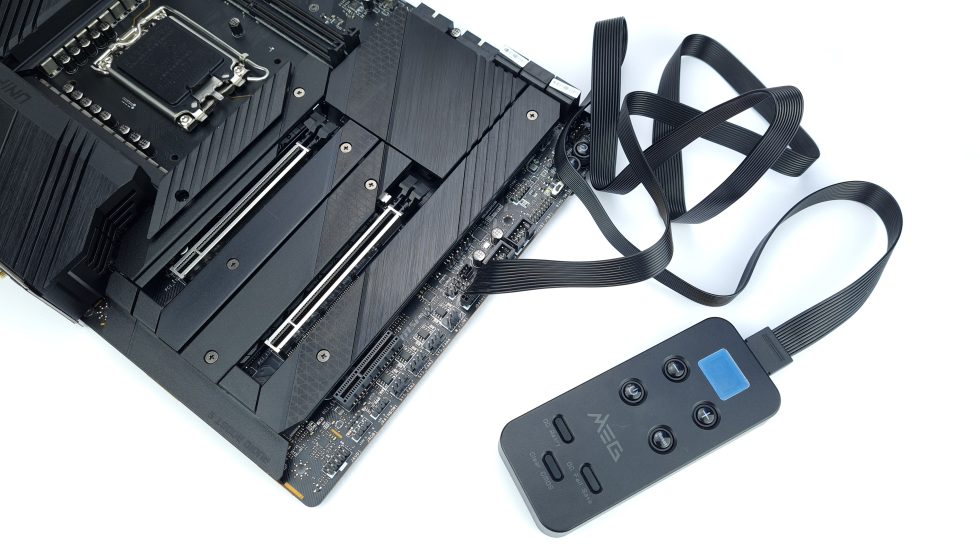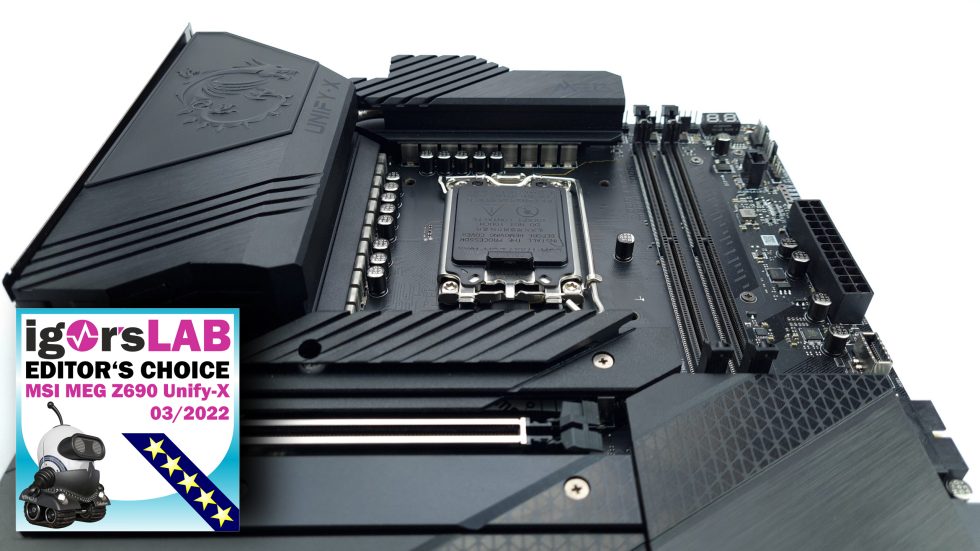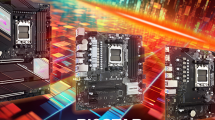Summary and conclusion
A new CPU platform, a new socket, DDR5 and PCIe 5.0 have all come together with Z690, posing a huge challenge to motherboard manufacturers. Some manufacturers may have turned away from the previous Z590 standard earlier to focus all development resources on the new mega platform. But even at launch, the compatibility between CPUs, boards and especially the then rare DDR5 RAM was anything but rosy. So it was only fair to all manufacturers to let a few months of time and various BIOS updates pass before we dedicated ourselves to the first test of the new platform today.
Of course, the products of the other manufacturers have been on my table for weeks and – I’ll spoil that much – MSI needed the grace period the least. The Z690 Unify-X can do just about everything in terms of overclocking that you could want from a motherboard for your LGA1700 CPU, and it has been doing so almost since the platform launched in November of last year. Nevertheless, MSI did not rest on their lead and still delivers new BIOS updates with optimizations almost every day.
No matter which RAM IC, whether Hynix M-Die, Samsung B-Die or Micron RevA, all can be operated precisely and reproducibly to their limit. Regardless of whether static OC or adaptive, whether K or non-K CPU, whether with E cores or without, whether with AVX-512 or without, the Unify-X masters all of this with almost no problems. Add to that the intuitive BIOS, the surprisingly well-functioning tuning controller and the corresponding hardware design and you almost can’t ask for more as a hobbyist, benchmarker or enthusiast.
For such a variety and quality of features on Intel’s new high-end platform, a four-digit euro price with justification by the global chip shortage would actually not be a surprise. But no, the MSI Z690 Unify-X has been continuously available in stock at numerous online stores since launch, at a really reasonable price of 550 to 600 Euros. In the context of the Intel Z690 platform, this is a real claim in terms of price-performance. And so even though I am indirectly anticipating the upcoming tests of other Z690 motherboards, the Unify-X already gets the Editor’s Choice Award from me today. Also because in the last few months, no other motherboard has been on my testbench as many times as the MSI MEG Z690 Unify-X.
The motherboard was kindly provided to us by MSI without any obligation to publish. In addition, there was no influence on the tests and their results.




































5 Antworten
Kommentar
Lade neue Kommentare
Urgestein
Veteran
Veteran
Veteran
Veteran
Alle Kommentare lesen unter igor´sLAB Community →